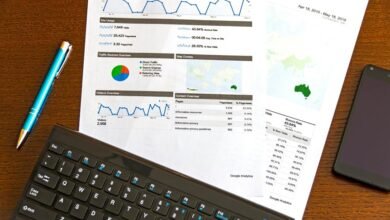National Metrics Review: 341-202-4434, 346-348-1275, 360 312 7009, 360-312, 360-312-7009, 385-265-5102

The National Metrics Review presents an opportunity to critically assess the interplay between economic indicators and social wellbeing. By examining metrics such as GDP growth and employment rates, stakeholders can uncover significant trends influencing national progress. However, the integration of technology for real-time analysis introduces complexities. This balanced approach raises questions about prioritizing economic growth versus social wellbeing. What implications could this have for future policies and citizen engagement?
Economic Growth Indicators
Economic growth indicators are frequently utilized to assess the health and trajectory of a nation’s economy.
Key metrics include GDP growth, which reflects the overall economic output, and employment rates, indicating labor market vitality.
Together, these indicators provide insights into economic performance and potential, guiding policymakers and citizens alike in understanding the dynamics of economic freedom and opportunities within a nation.
Social Wellbeing Metrics
While economic indicators provide a framework for assessing financial health, social wellbeing metrics offer critical insights into the quality of life experienced by a nation’s citizens.
Metrics focusing on community engagement and mental health illuminate the strengths and weaknesses within a society. Understanding these dimensions fosters a more holistic view of wellbeing, essential for promoting freedom and enhancing individual and collective experiences within communities.
Future Trends and Projections
The evolving landscape of social wellbeing metrics indicates a shift towards a more integrated approach in measuring national progress.
Future trends will likely emphasize technology integration to enhance data collection and analysis, fostering real-time insights.
Additionally, a focus on environmental sustainability will emerge, as nations strive to balance economic growth with ecological responsibility, ensuring that social metrics align with long-term planetary health and individual freedoms.
Conclusion
In conclusion, the National Metrics Review serves as a compass, guiding stakeholders through the complex landscape of economic and social indicators. By intertwining economic growth with social wellbeing, it illuminates a path toward a sustainable future. The integration of technology for real-time analysis ensures that data-driven decisions can be made swiftly and effectively. As trends evolve, continuous evaluation of these metrics will be essential in fostering a balanced and prosperous society for all citizens.






